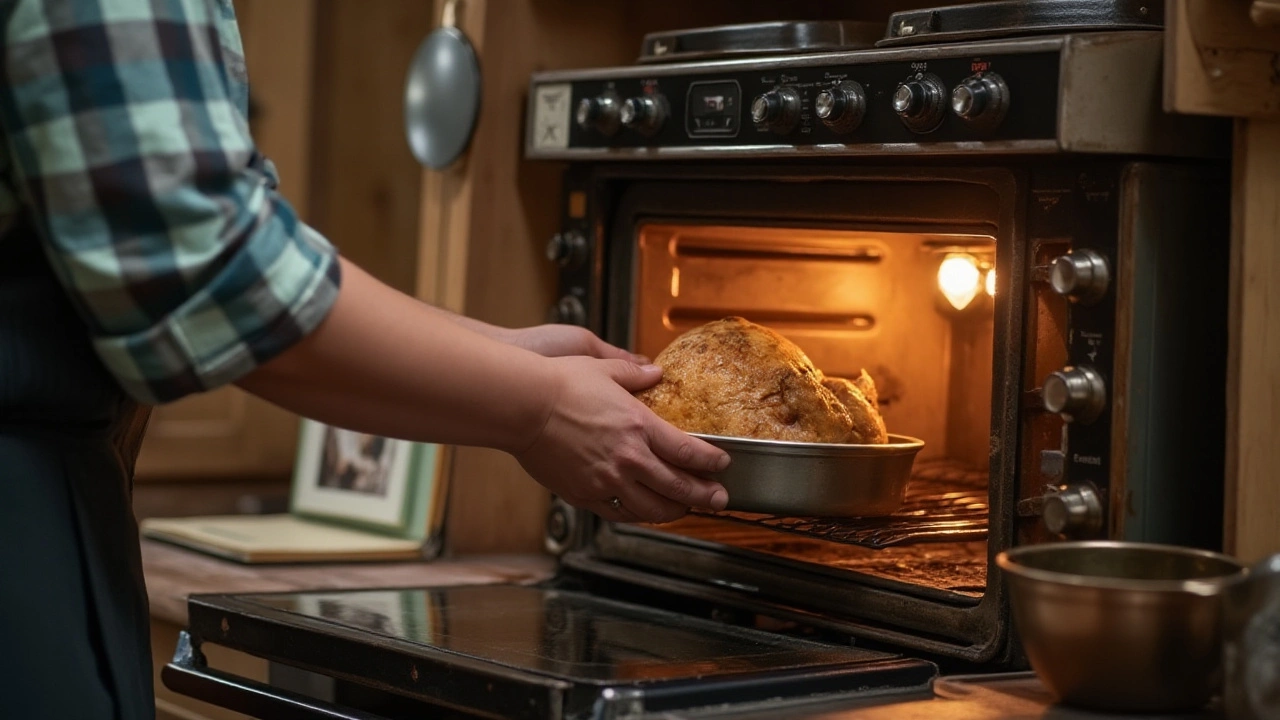Cooking Chicken: Easy Tips, Tasty Recipes & Insider Secrets
Chicken is the go‑to protein for most home cooks because it’s cheap, fast, and adaptable. Whether you’re feeding the family or prepping meals for the week, the right technique can turn a plain breast into a melt‑in‑your‑mouth dish. Below you’ll find the most practical tricks, plus links to the top articles on our site that break down the science behind juicy, tender chicken.
Why Chicken Is a Kitchen Hero
Chicken cooks quickly, so it fits into busy schedules. It also soaks up flavors like a sponge, which means you can experiment with herbs, spices, sauces, or marinades without worrying about overpowering the meat. From a simple grilled thigh to a fancy Chinese stir‑fry, the possibilities are endless. The only real challenge is keeping it from drying out, and that’s where a few proven tricks come in handy.
Pro Tips for Juicy, Tender Chicken Every Time
Start with a quick brine: dissolve 1 tablespoon of salt in 2 cups of water, submerge the chicken for 15‑30 minutes, then pat it dry. The salt loosens muscle fibers, so the meat holds more moisture during cooking. Next, consider a light coating of oil or butter before searing – it creates a crisp exterior that locks juices inside.
Restaurant chefs often use a technique called velveting for ultra‑tender chicken, especially in Chinese dishes. The trick is to coat the meat in a mixture of cornstarch, egg white, and a splash of rice wine, then briefly blanch it in hot oil or water. The result is a silky texture that stays juicy even after stir‑frying. Our article “How Do the Chinese Get Their Chicken So Tender?” walks you through the steps with easy measurements.
Another secret is cooking chicken at a moderate temperature. High heat can char the outside while leaving the inside dry. Instead, bake boneless breasts at 350°F (175°C) for about 20‑25 minutes, or use a lower oven setting with a covered pan for slow, gentle cooking. If you’re short on time, the pressure cooker or instant pot can finish the job in under 10 minutes while keeping the meat moist.
Don’t forget the finishing touch: a brief rest period after cooking. Let the chicken sit for 5 minutes before slicing; this redistributes the juices and prevents them from spilling out onto the plate. For more ideas, check out “How Restaurants Make Chicken Breast So Tender,” which shares the exact marinades and cooking times professional kitchens rely on.
Ready to try a recipe? Our tag page pulls together the best chicken posts, from quick weeknight dinners to flavorful global dishes. Pick a recipe, follow the tips above, and you’ll have a delicious, tender chicken meal without the guesswork.
Best Baking Temperature for Juicy Chicken: 350 vs 400 Degrees
The optimal baking temperature can transform ordinary chicken into a succulent masterpiece. With two popular choices, 350 and 400 degrees Fahrenheit, each offers distinct results. Baking at 350 ensures even cooking, perfect for tender results. Meanwhile, 400 degrees crisps the skin, ideal for those who prefer a bit of crunch. Exploring these options will help refine your culinary skills for mouthwatering baked chicken.
